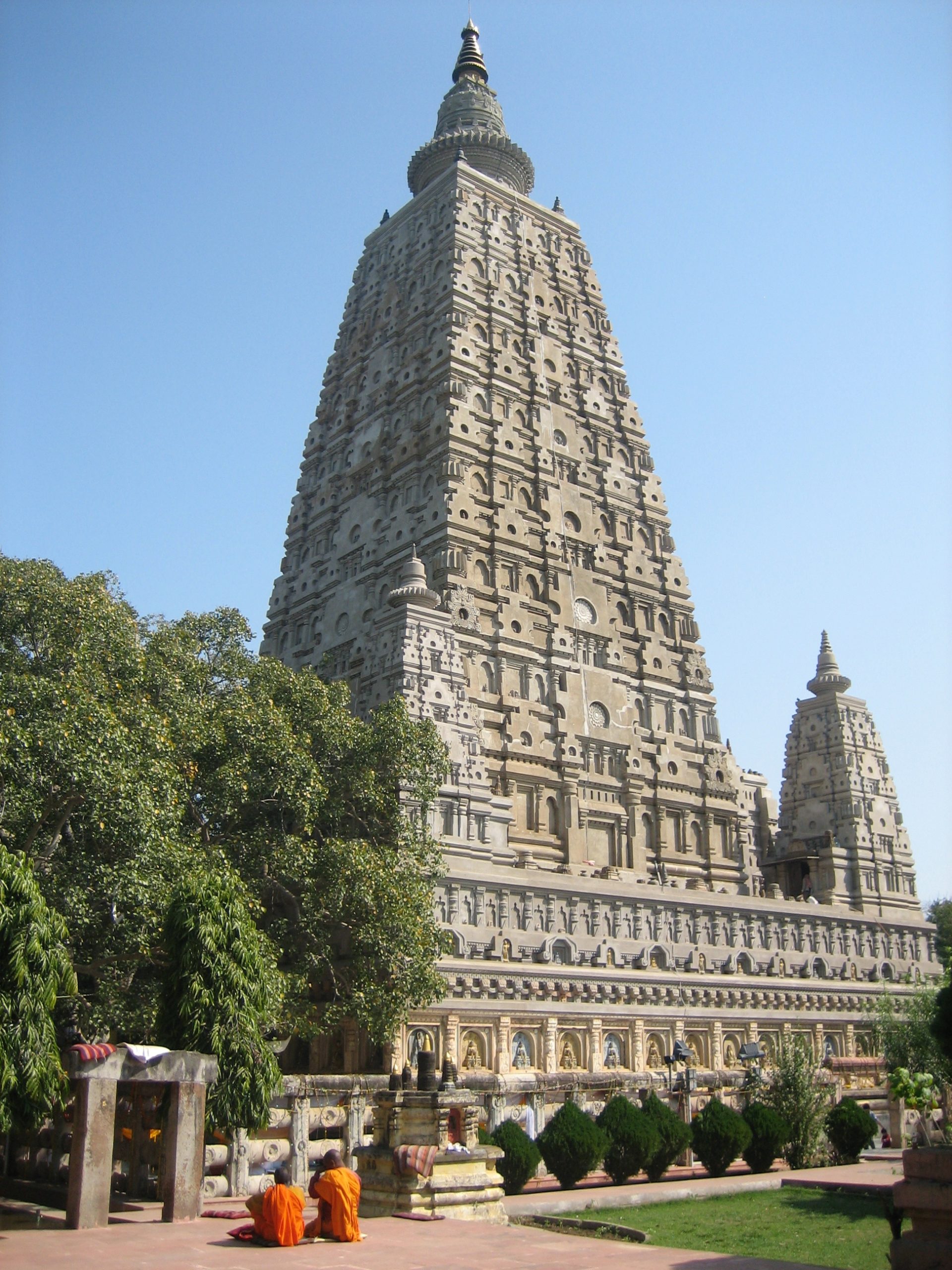Buddha Images
Home / Buddha Images
BUDDHA IMAGES
The images of the Buddha are either in sitting or standing postures. The sitting posture is generally known as Padamasana in which he is shown as sitting with crossed legs keeping one leg on the other. Though very rarely, we also come across images which are made to sit in European fashion as at Ellora and Ajanta. This may be due to Greek influence. The different postures are known as mudras and the following are the most common.
PADMASANA MUDRA -
The Padmasana (lotus posture) is the position invariably assumed for meditation. It consists of crossing the legs so that the upturned sole of the right foot rests on the left thigh while the sole of the left foot rests on the right thigh. The two hands are placed on the crossed legs one upon the other.
DHAMMACAKRA MUDRA -
The Buddha is sitting in padmasana posture while his hands are held near the heart. The right hand thumb and the first finger are joined together and they are made to touch the middle finger of the left hand. He seems to be unravelling a knotty problem to the audience. This is the attitude of preaching the First Sermon at Sarnath. Most of the images at Sarnath have this posture.
BHUMISPARSA MUDRA -
In this posture the Buddha is sitting in padmasana while the right hand is made to drop downwards, pointing towards the earth while the left hand is placed on the crossed legs. This depicts an important incident in the Buddha’s life and has now become a favourite theme of Buddhist sculptors.
ABHAYA MUDRA -
This posture is usually depicted by bending the right hand against its shoulder with the palm turned towards the audience. The other hand slings down. This is the attitude of giving protection or blessing to the devotees. In this mudra the Buddha is invariably standing. In Buddhist countries when a layman salutes a bhikkhu with folded hands, the latter does not return the courtesy in the same manner but instead he utters the words, sukhi hotu, meaning “may you be happy”. Probably at an earlier period the custom of raising the right hand at the same moment in the posture of giving blessing was prevalent but abandoned later on.

DHYANA MUDRA -
Here the figure of the Buddha is seen to sit in padmasana with eyes half closed, the legs are crossed and the palm of one hand is placed on the other and both the hands are made to rest on the crossed legs.
PINDAPATA MUDRA -
Here the figure is standing holding the begging bowl in his hands which are locked together. It is in this attitude that the monks go collecting alms for their meals.
PARINIBBANA MUDRA -
As at Kusinara, in this mudra the Buddha is seen lying down fully stretched with his right hand placed against the cheek. He is lying on his right side. This is the position in which he used to sleep and also passed away into Mahaparinibbana. Ignorant guides describe this posture as the ‘Sleeping Buddha’, but it certainly does not signify that.
